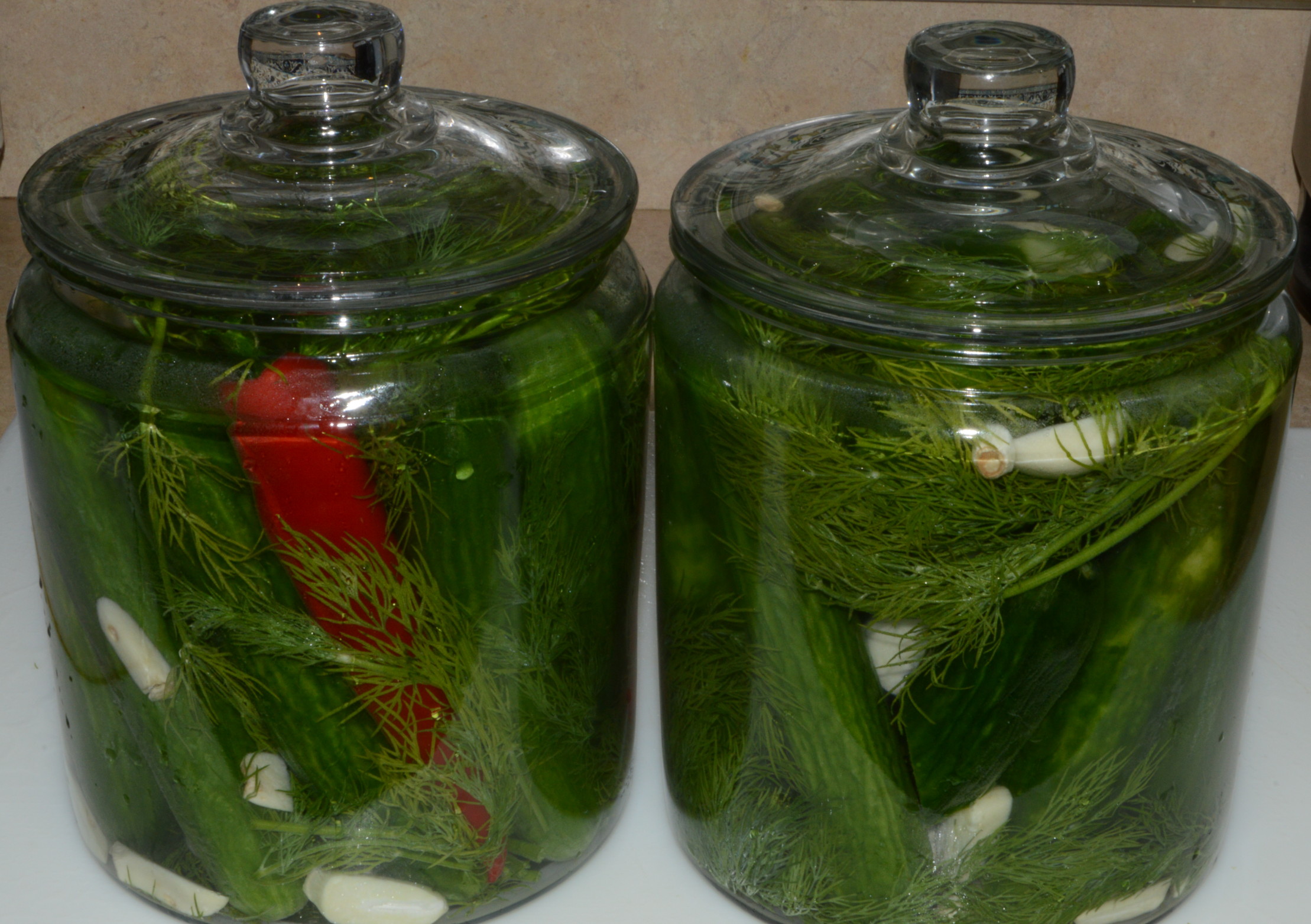
The first time I tried to make vegan cheese, I made a dip with potato (for consistency), carrot (for color) and hefty doses of nutritional yeast and salt as well as other seasonings. The first time I had it and enjoyed it with nachos and veggies, I was pretty impressed.
I made the same thing a few short weeks later and . . . well, I was not so impressed. The novelty had worn off. It was the nutritional yeast and salt that got me. The smell of the nutritional yeast just doesn’t work with me, and it depresses my appetite. I theorized that it doesn’t work well for others either since all the recipes of that type I found used a lot of salt. Covering up taste possibly?
Next I tried the down and dirty approach to making vegan cheese. No curing, no long processes, few unfamiliar ingredients. Just a blend of cashews (for consistency), carrot (for color) and seasonings. I used the cheese for a broccoli cheddar soup I was craving. It was pretty good and also looked good, although I might make it a little less day-glo next time by reducing the carrot a bit. I took care when I made the soup to cut way down on both the nutritional yeast and the salt the recipe called for. Like I said, I just don’t like that smell, and it turns me off the resulting food.
Next I tried a Mac ‘n’ Cheese dish. I just decided to “wing it” on this occasion. I made a sauce with cashews (consistency) and carrots (color), onions, seasonings and a very little bit of nutritional yeast. I guess that yeast gives a kind of moldy flavor — to my tastebuds good in real cheese but not so much in nutritional yeast.

Anyway, when the vegan cheese sauce tasted reasonable to me, I added some of my own Matboukha (Moroccan Salsa) and a bit of hot paprika to zip it up. This dish came out pretty well. My family wouldn’t have seconds, but they did eat one serving of it, which was an achievement.
Next time I’ll adjust some things to make the sauce a little “saucier”. It was thick for my taste. Not sure that it really tastes like my old Mac’n’Cheese, but it wasn’t bad. I would do it again, and when I perfect the recipe and it’s scrumptious, I’ll post it.
Most recently I tried a type of vegan cheese-making that is getting a lot of raves. It’s not hard to make, but you do have to be a little patient. I can handle that, so I ordered in what I needed to proceed with my experiments, made a 24-hour vegan soy yogurt, mixed some with the required ingredients, cured it for another couple of days, added more ingredients, cooked it, then chilled it. Of course there was nutritional yeast in it, but there were also other ingredients that I thought might mask the aroma and flavor. Most of all, I thought the curing process would work its magic and transform the whole thing into something amazing. It didn’t.

I have also tried a vegan mozzarella that involved a similar process. It was kind of like the first experiment with the potatoes and carrots. I was surprised and excited, probably the novelty. Once I got over that, my feelings about it were a little more reserved. It was ok if I melted it onto something (you can see it below on the cracker I used to test it), but I’m not planning to make it again in the immediate future. In other words, it didn’t blow me away. And it was impossible to convince my family to go much further with it.

I’m going to keep experimenting. I have one good book to work from, and I know of one other that I’d like to try.
I’m not convinced yet, though, that it is possible to make really delicious vegan cheeses that will pass inspection with my family and friends. Even though my sandwich was on my favorite homemade spelt challah and I usually have a really great appetite, I wasn’t able to finish it.
Which brings me back to the caveat I always used for vegetarian cooking: no substitutions! I figured if someone was looking for a meat substitute, they weren’t going to like anything other than the real thing – and their mind just wasn’t in the right place yet for vegetarian food. I focused on making really good food and didn’t worry about it tasting like something else.
I used red bell pepper (for color) in one of my early attempts at vegan cheese that I wanted to use in a casserole. In the end I wished I had just stuck with the red bell pepper and created a mind-blowing sauce with that.
Today I read an article about lab-created milk. Where lab-created meat has no appeal whatsoever for me, I’m going to withhold judgment for awhile on that milk. It has possibilities. Vegan cheese possibilities.
For more, visit my blog, vegetatingwithleslie.org, “Like” me on FaceBook/Vegetating with Leslie or follow me on Twitter, @vegwithleslie.

















